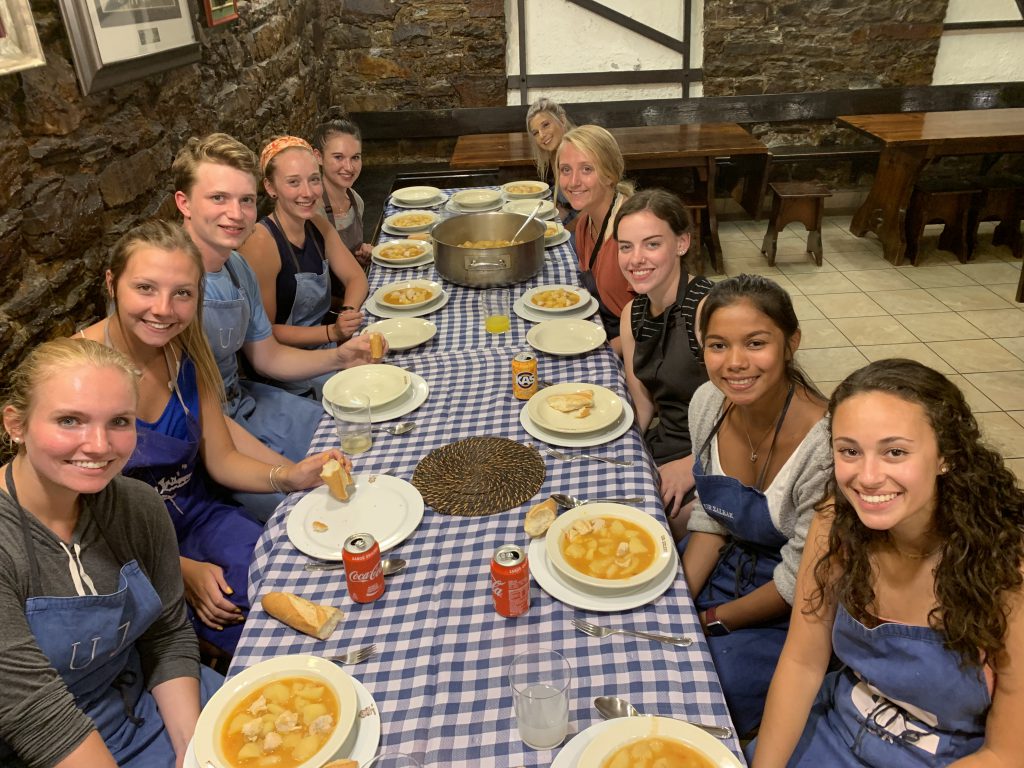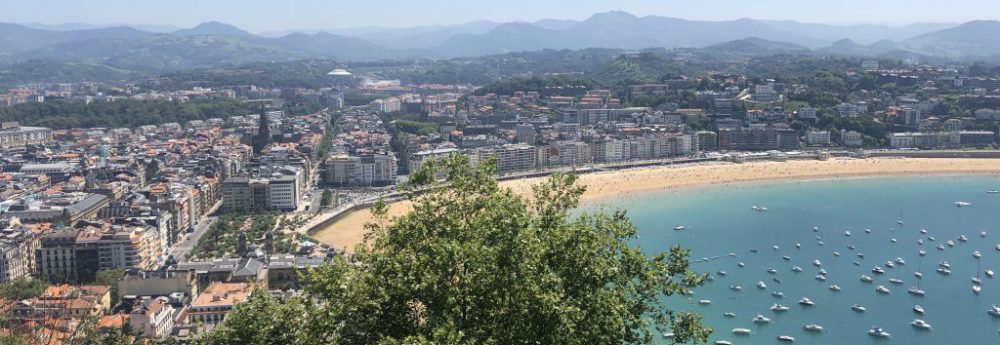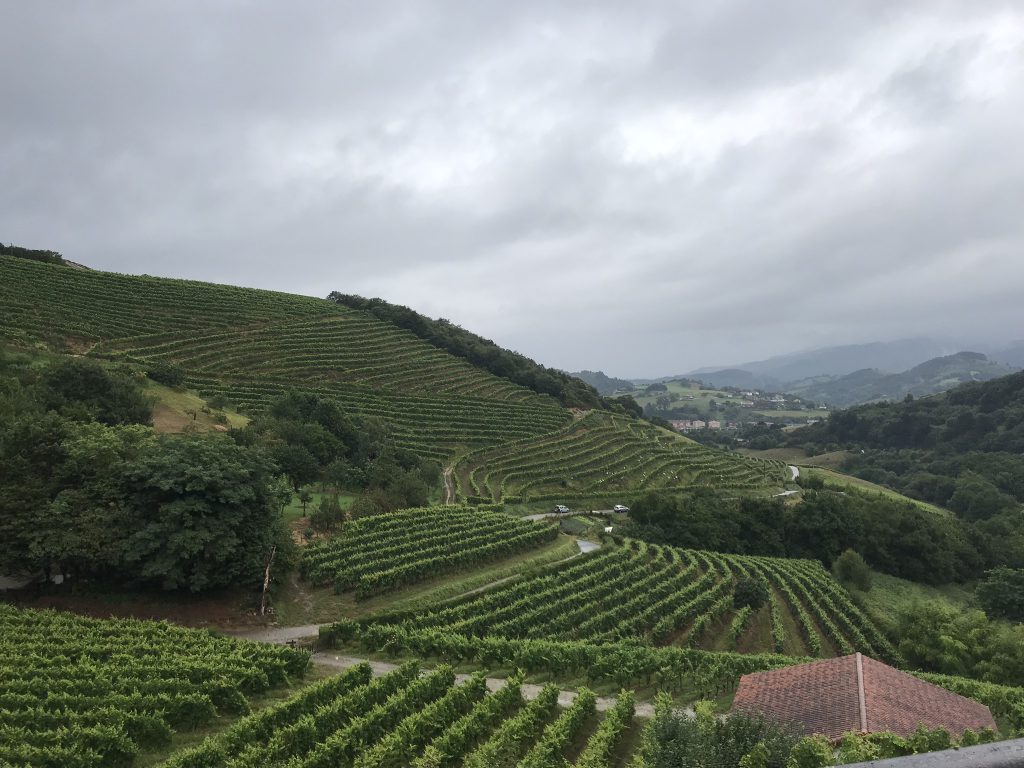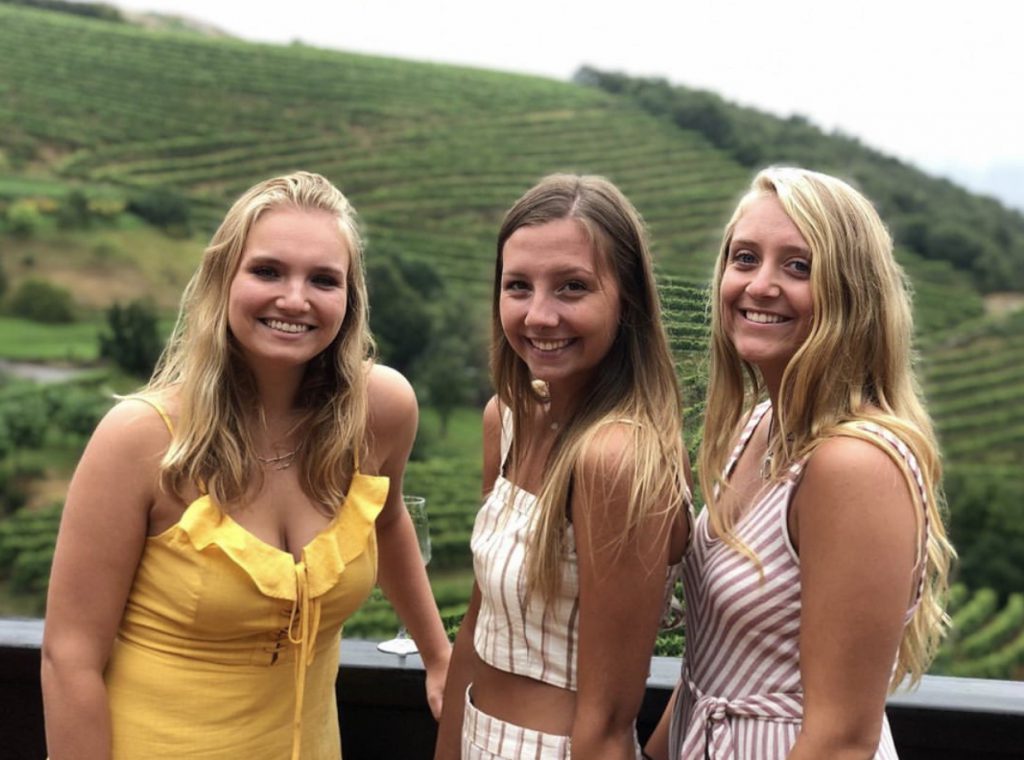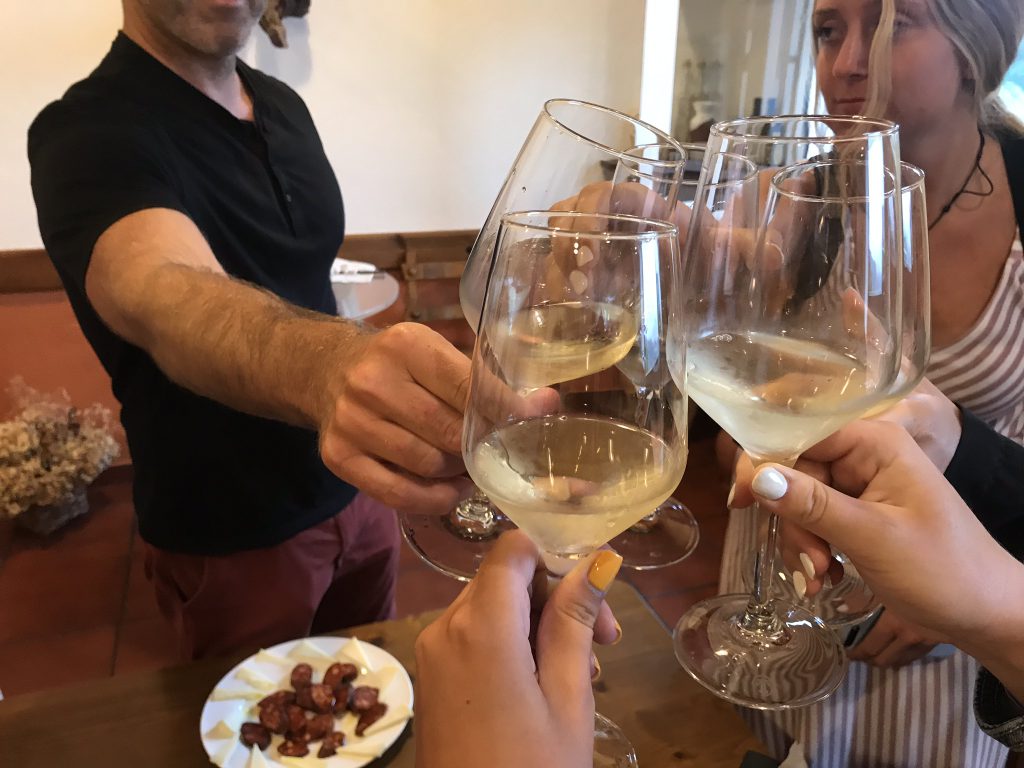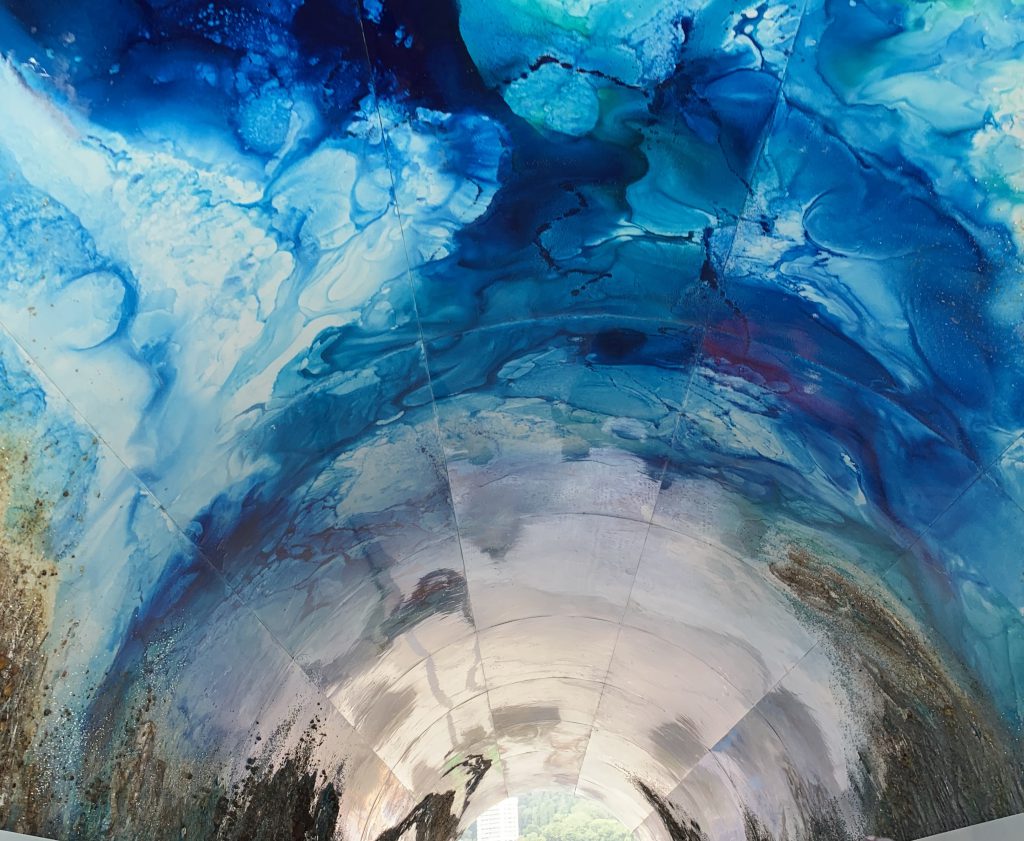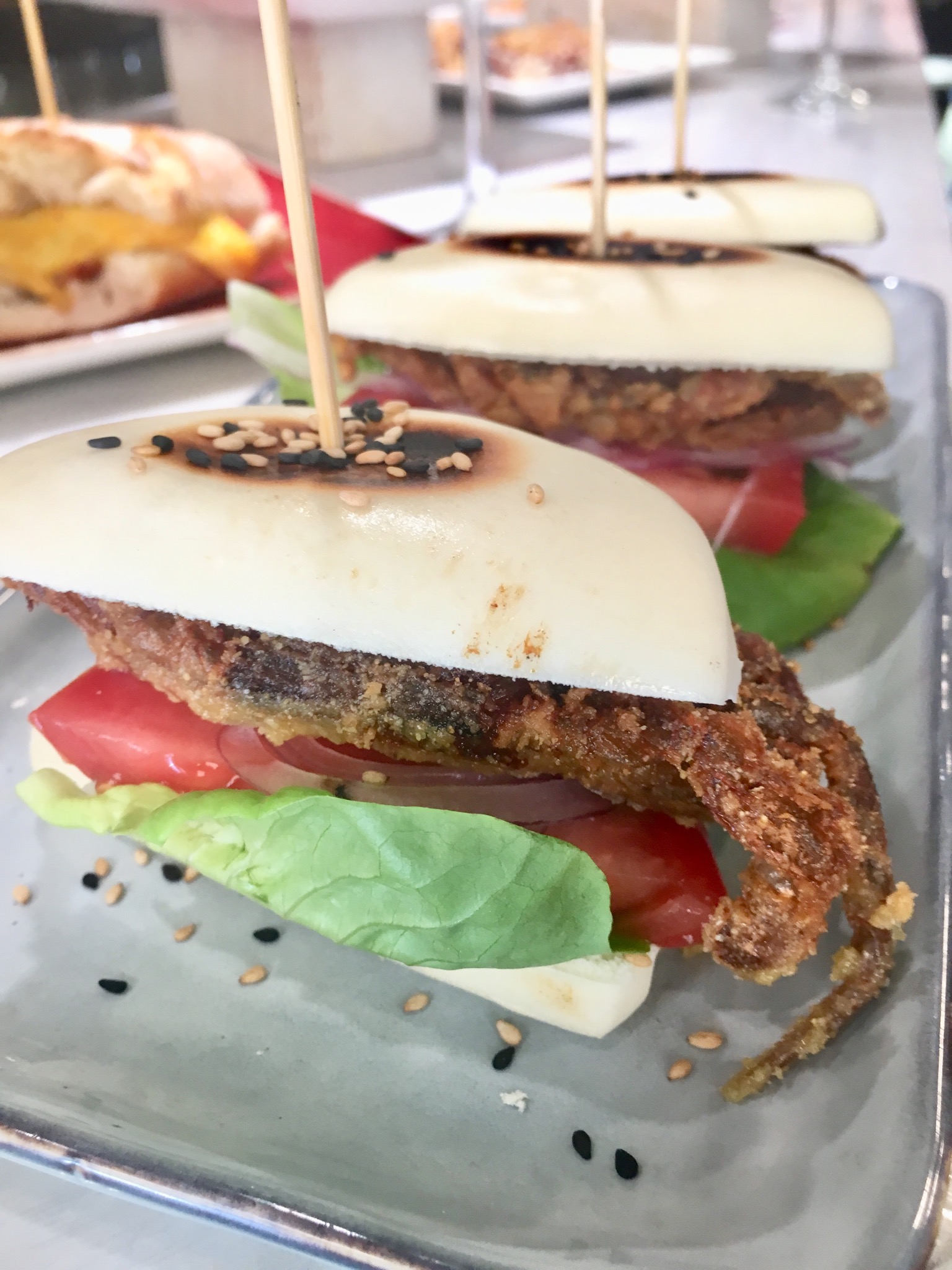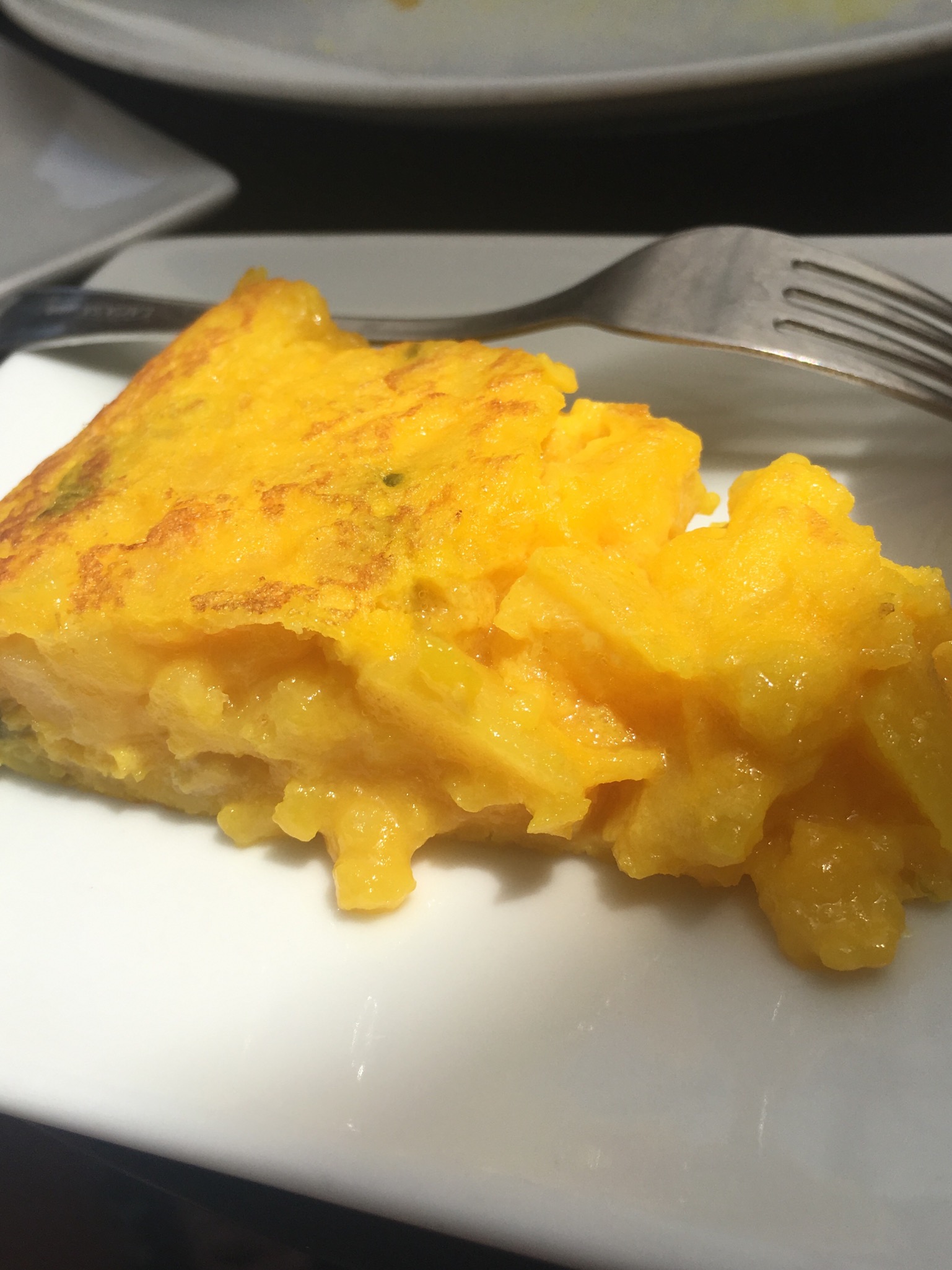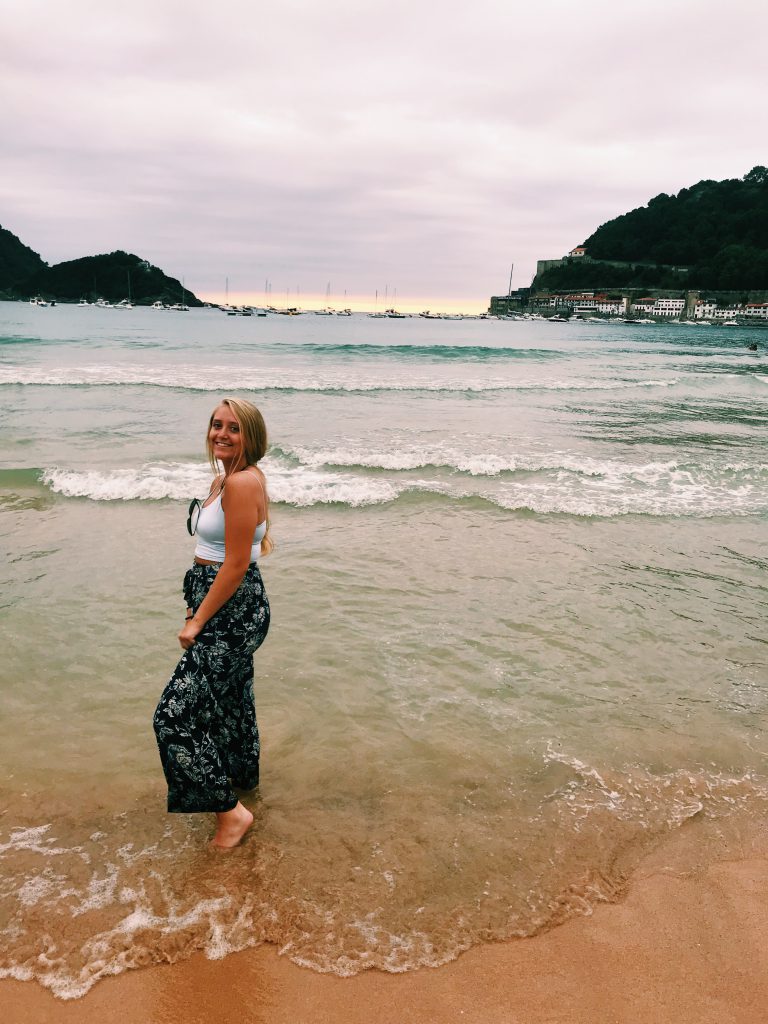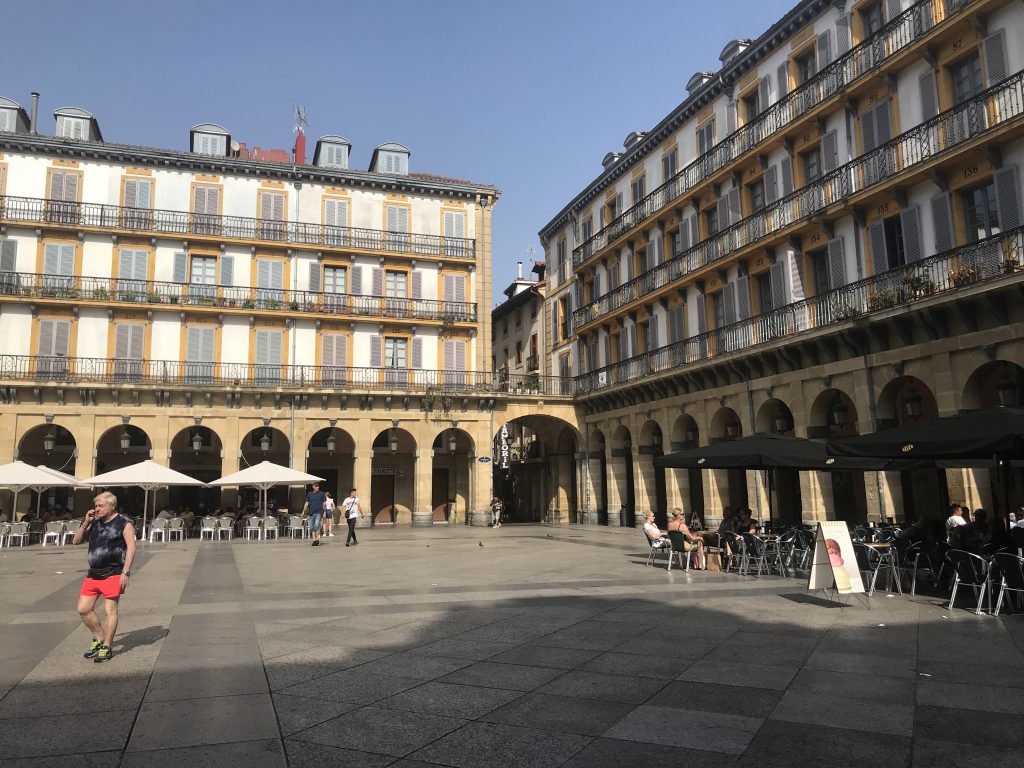To the regular tourist, the seemingly ordinary set of stairs we walked down looked as though they led to the kitchen of a restaurant. When walking by, many tourists do not know that they are passing by one of the third oldest gastronomical societies in San Sebastián, Spain. This specific gastronomical society was called Ur- Zaleak, and it was established in 1926. Upon entering the underground society, we were greeted by two men, one a volunteer in the society, and the other known as “the president.” A gastronomical society consists of a group of members who come together to cook, socialize, eat, and drink.

Historically, the Basque culture is extremely matriarchal, and women run the household, doing the majority of the cooking and cleaning. A few hundred years ago, Basque men began to grow frustrated that their homes weren’t necessarily their spaces, because the women had the final say. Therefore, Basque men created these gastronomical societies, known in Spain as “sociedades.” Initially, women were not even allowed to enter the societies, let alone become a member. These societies were the escape places for men, because they were able to have time away from their wives and families and be able to share good food and drink that they proudly made. To this day, women are still not allowed to become members, however they are allowed to come and eat the food that men prepare, and children are allowed to come as well. Women are still not allowed to cook or clean the dishes, they just solely come to eat, drink, and socialize.
In order to be allowed inside a gastronomical society if you are a non-member, you have to be invited in, so it was pretty amazing that our group was allowed to take part in this experience. In order to become a member, there are a few rules. First and foremost: women are not allowed. Secondly, if either your father or grandfather was previously in the society, you are allowed to become a member. If neither your father nor grandfather was apart of the society, then a person who wants to join has to know two people in the society, and those two people have to sign papers verifying the character of the person applying to the society. Once a person becomes a member, they are given an electronic key to the club, which grants them access to the club 24 hours a day, every single day of the year, and the club is always stocked with loads of food and drink. If a person who joined the club stole all of the food and drink one night, the two people who signed on that person’s behalf would have to pay the club back for their losses. This is a way to ensure that only people who truly want to be in the society and can be trusted are allowed in. The two men from the society who led our cooking class explained to us that in all of the years this society has been running, not a single person has stolen anything.
Currently there are 144 members of the society that we visited. The members of the club purchase the food and drink from the city, and bring it to the club where they prepare all the meals. At the society, members are charged for drinks, more than the price they are purchased for, as a way for the club to make money. What I found extremely interesting was the fact that the members do not keep any of the money they make, as they are an official non-profit company. Every cent of their profit either goes back to the club to help purchase ingredients, or it goes back into the community. Members volunteer their time in the community, and organize charity events. The founders of the club did not want the society to turn into a business. Therefore, in the society’s laws, it states that if the members want to sell the building, all of the money that is made in the transaction is to go to charity, not to the members, as a way to preserve the society.
Going into the event, I was worried that some members were going to be arrogant since they are apart of an elite society, but all of the members were so relaxed, kind, and inclusive and we shared so many laughs. I was expecting the society to have a very modern kitchen, as they cook such complex dishes. However, the kitchen looks as though it hasn’t been updated too much since it’s creation in 1926, and I really liked that aspect of the society, which preserves the past. There truly is no need for a glamorous kitchen, when the purpose of the society is just to share good food, socialize with great people, and give back to the community.
After introducing ourselves to the two members who led our cooking class, we all dove right in. We put our aprons on and immediately began cooking. We started by preparing the three pintxos (small appetizers). The first pintxo we made consisted of tuna, onions, and homemade mayonnaise. The second consisted of mushrooms stuffed with ham, garlic, and cheese. And the third pintxo we made, which was the first pintxo ever created, consisted of an anchovy, a Basque pepper, and two olives. (All of which we’re extremely delicious!) We ate these pintxos while we were preparing the main dish, which was a tuna and potato soup. For the main dish, we set the table and all gathered around to share a hearty meal. The dish was centered around fish, as the Basques are known for being fishermen. After dinner, we made dessert, which was similar to French toast, and it was called tarrija.
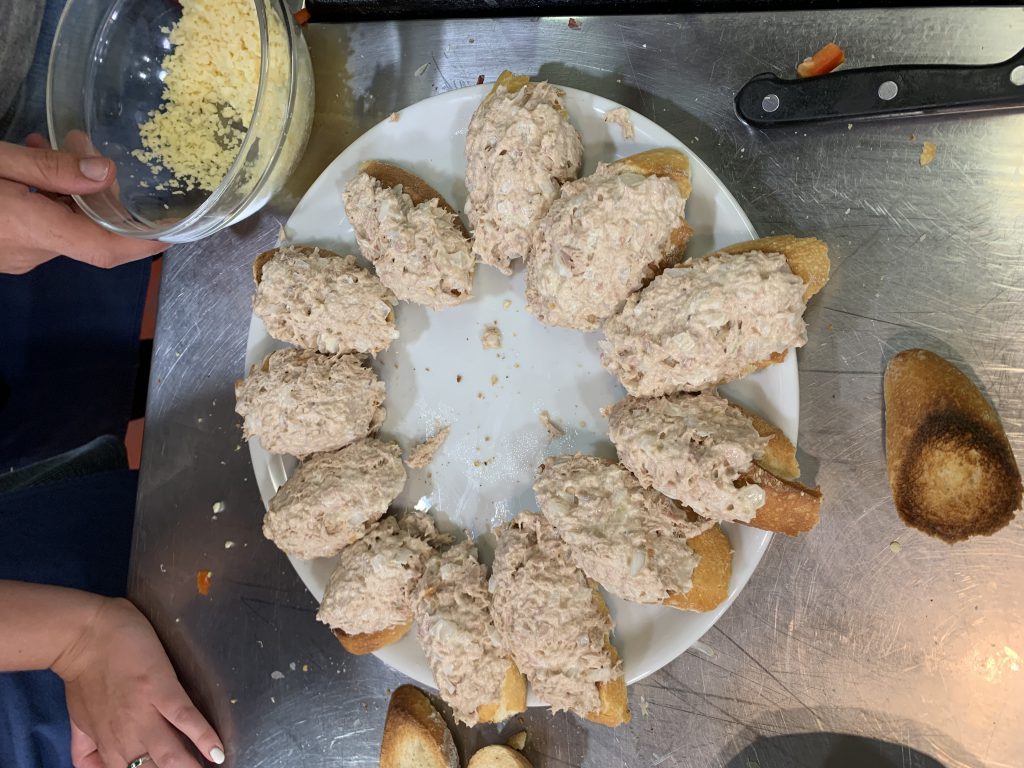
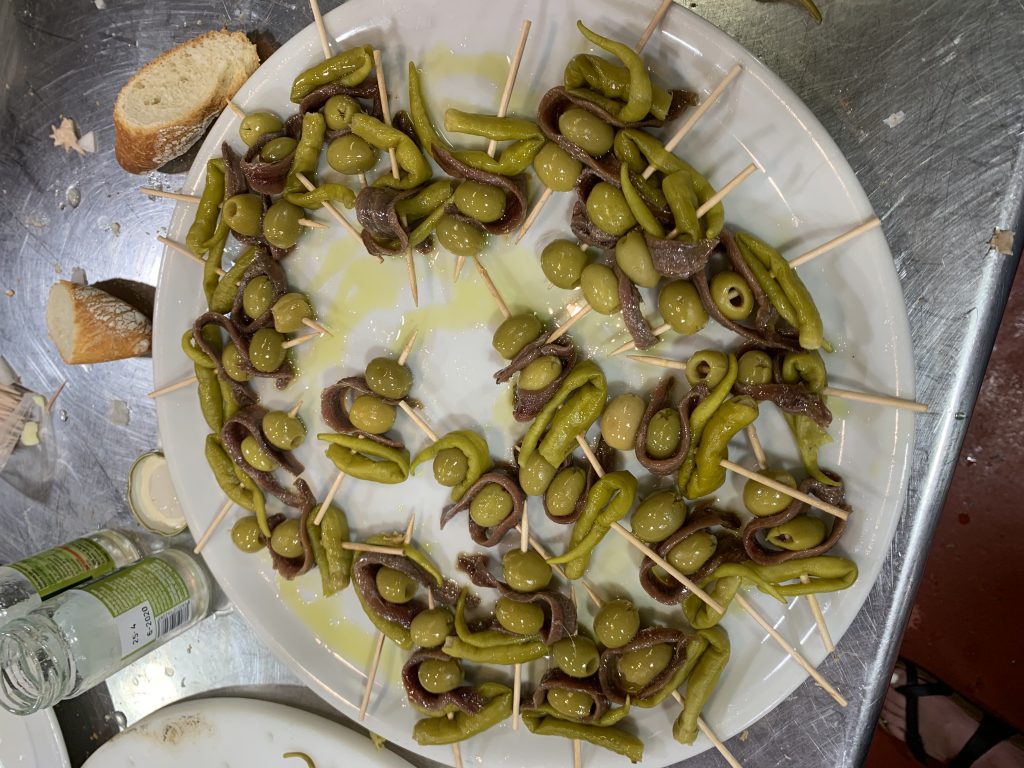



During the evening, it was so great to see everyone laughing, cooking a meal that we would share together, sharing good food and drink, and learning about the Basque traditions. Food is very much a part of the Basque culture, so it was truly an honor to be allowed in the kitchen to learn how to prepare these dishes.

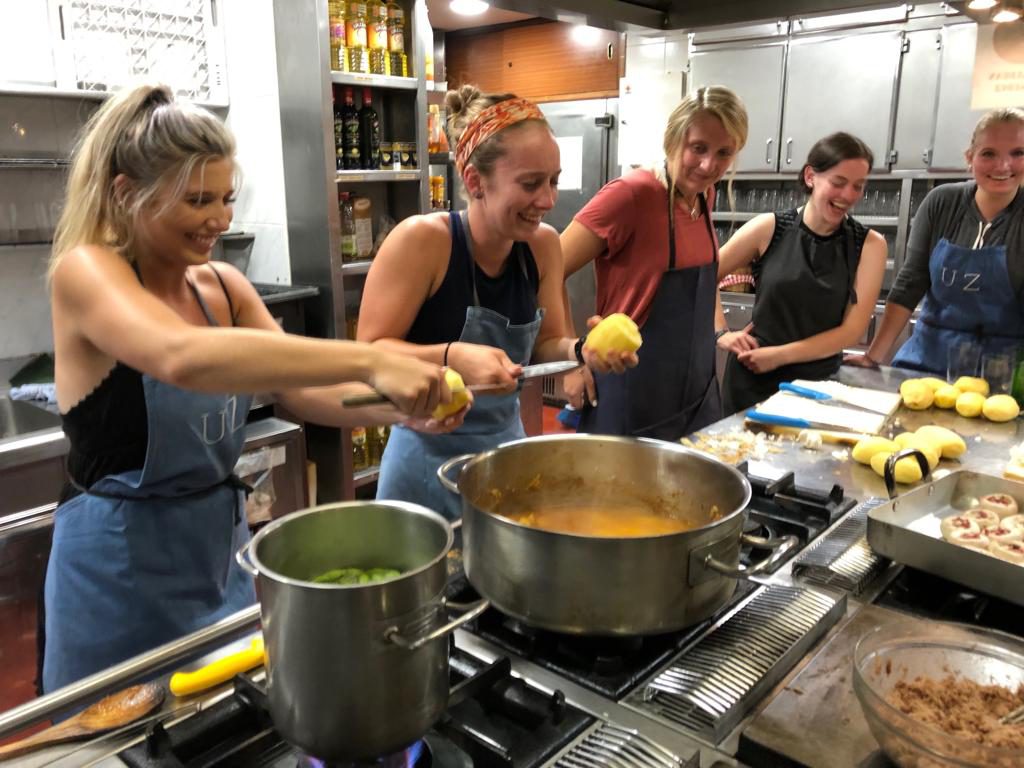

The entire night our whole group was socializing with each other and the members, and having a pretty amazing time. Personally, this was my favorite excursion of the trip so far, because it was something we all played a role in completing and upon seeing the finished products, we were pretty amazed at what we had created. We not only created many wonderful dishes, but some life-long memories as well. Being able to say that we stepped foot in and cooked in such an elite society is something we will never forget!
